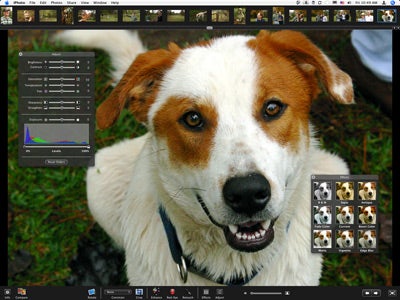My name is Allie, and I am a Pinterestholic
I do it at home. I do it at work. I’ve even done it during class. I have a full on addiction to Pinterest, the new and fast growing social media site. Linked through Facebook or Twitter, users can “pin” pictures to their own boards after searching through countless categories and other user’s pins. Your friends on Facebook can even follow what you “pin” on Pinterest.

What about this website, though, is so appealing, especially to women? It gives women a chance to not only share comments and photos from their own life, but things they find online that can serve a purpose for them. I have found countless health tips and new recipes on Pinterest. The website allows you to create different boards that help to organize the pictures you find into a cohesive place.
Now that Pinterest has such a high user population, businesses are trying to figure out how to utilize the website to advertise for their products. According to mashable.com’s article on Pinterest, about 82% of Pinterest users are female and about 85% of all consumer purchases come from females. Businesses that utilize Pinterest effectively have just hit a gold mine of advertising potential.
From the outside, Pinterest doesn’t make much sense. Is it just like a jumbled google images search? It may appear that way at first, but looking through countless pictures never seems to get old on this site. At first I wasn’t sure why but now I am starting to realize that it allows you to connect with people and share images at the same time. The images you are sharing aren’t of you, like they would be on Facebook, but rather of ideas and recipes or inspiring messages.
Here is a very interesting breakdown of Pinterest from a males perspective:
Maybe Pinterest in general is targeted more for women, hence why I can’t go a day without logging into the site. I don’t think Pinterest’s popularity will fade anytime soon as it is constantly updated with new pictures. I find it to be an amazing resource for visually finding ideas, especially for “do-it-yourself” things (something every college student should utilize). I have even been pinning while writing this blog post- hey, I needed inspiration!





